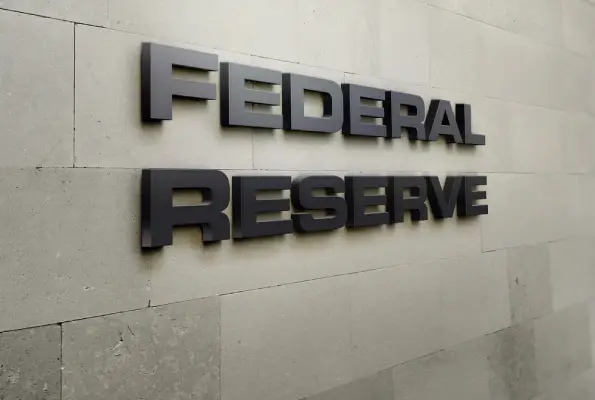According to a Federal Reserve survey of senior loan officers, banks in the United States reported a renewed weakening in the demand for industrial loans and a decline in household demand for credit in the first quarter of the year.
Previously, after reviewing the survey results, Federal Reserve officials decided to maintain the policy rate in the range of 5.25% to 5.5% and stated that they would do so for as long as necessary to reduce inflation.
Tightening monetary policy usually relieves price pressures via credit channels by driving down demand for loans due to increased borrowing costs.
A slight improvement in the supply and demand of credit was indicated in commercial real estate lending, but overall, that process seemed to be continuing during the first quarter.
“Many consumers and businesses are feeling the pinch from reduced credit availability even as the Fed looks set to keep interest rates higher into 2025. This could set the stage for weaker activity ahead and makes the economy more susceptible to an unexpected shock,” wrote Nationwide economist Ben Ayers.
The survey revealed that a slight increase in the percentage of large and medium-sized banks reporting stricter guidelines for commercial and industrial loans occurred, from 14.5% to 15.6%. More banks than ever before reported a decline in the demand for C&I loans.
However, the proportion of banks raising standards for all kinds of commercial real estate loans dropped to a level not seen in the previous two years. A decreasing percentage of foreign banks reported a general increase in demand for CRE loans, while others reported a weaker demand.
According to the poll, a growing percentage of banks reported tightening their requirements for consumer loans to households, but a decreasing percentage did the same for credit cards and other loans.
The survey revealed a decline in household loan demand in every category, with the demand for auto loans being at its lowest point in a year.
Along with the possible weakening in the loan demand, Federal Reserve also found American businesses and consumers rapidly adopting digital, faster and instant payment services.
“Digital wallet use saw especially strong growth in 2023, efficiency-focused businesses increased their use by 31% over the prior year, and convenience-minded consumers experienced a 32% increase,” BusinessWire reported, while quoting the details from the study.
“These changes, particularly consumers’ use of digital wallets and online banking, are leading to increases in instant and faster payment use cases such as bill payment, mobile wallet funding and defunding, account-to-account transfers, and immediate payroll for employees,” it continued further.
Mark Gould, Chief Payments Executive for Federal Reserve Financial Services, “The growing demand for faster and instant payment services suggests that tools like the FedNow Service will continue to play a crucial role in helping financial institutions meet their customers’ needs. The strong growth we’re seeing in the FedNow Service, which has grown to over 700 participants since launching last summer, shows how financial institutions are stepping forward to meet this change in customer expectations.”
Among the survey respondents, 86% of businesses and 74% of consumers said they used faster/instant payments in 2023, and most (74% of businesses and 79% of consumers) reported looking to their financial institution to provide these services.
Shonda Clay, Executive Vice President for Federal Reserve Financial Services, said, “Workers can now get paid immediately, helping them avoid late fees and better meet a variety of obligations. At the same time, employers are seeing the benefit of improved employee satisfaction and retention as a result of same-day pay. This is an example of how investments in enhanced payment infrastructure are helping institutions and their technology partners innovate new services for their consumer and business customers.”



